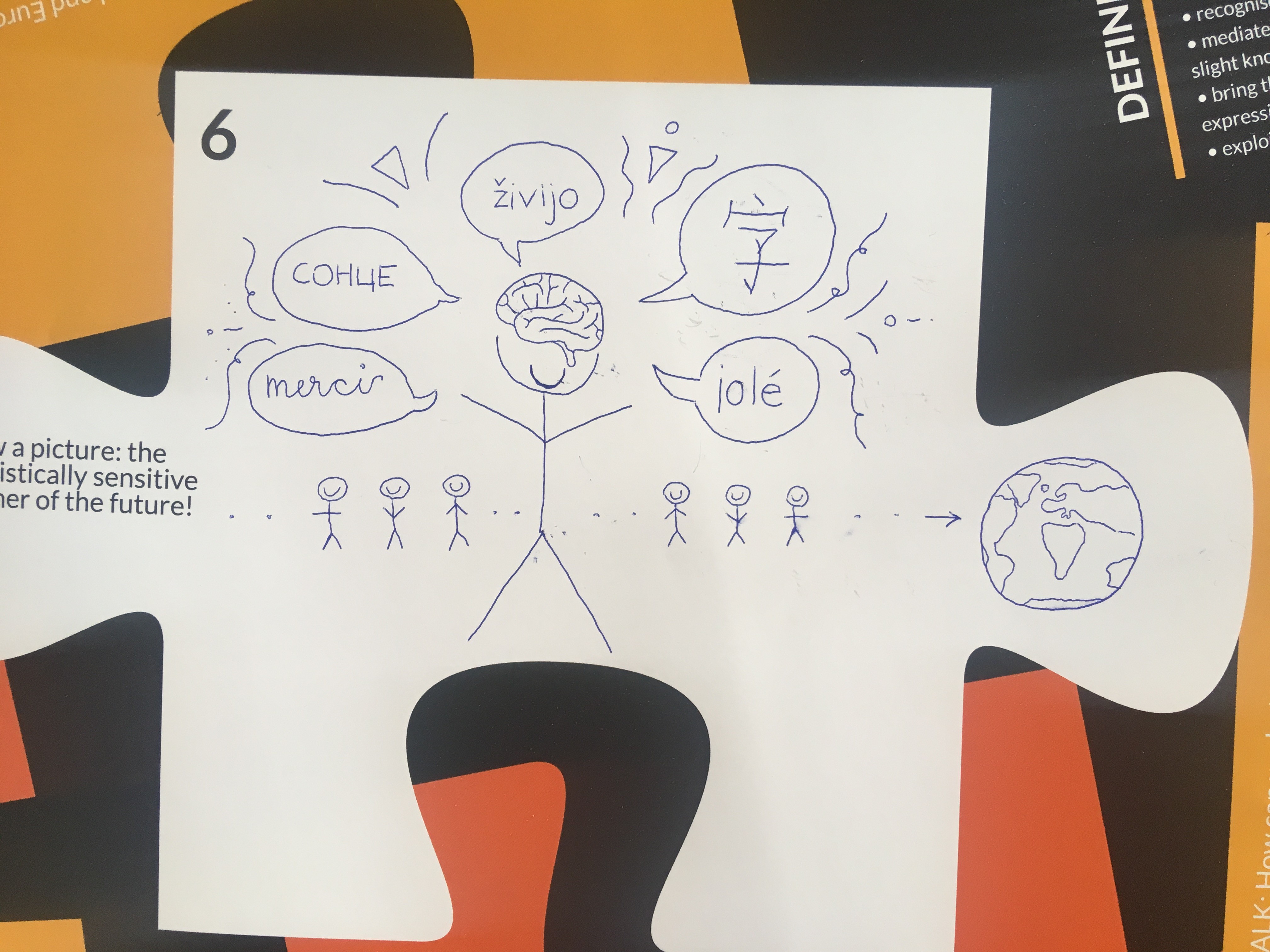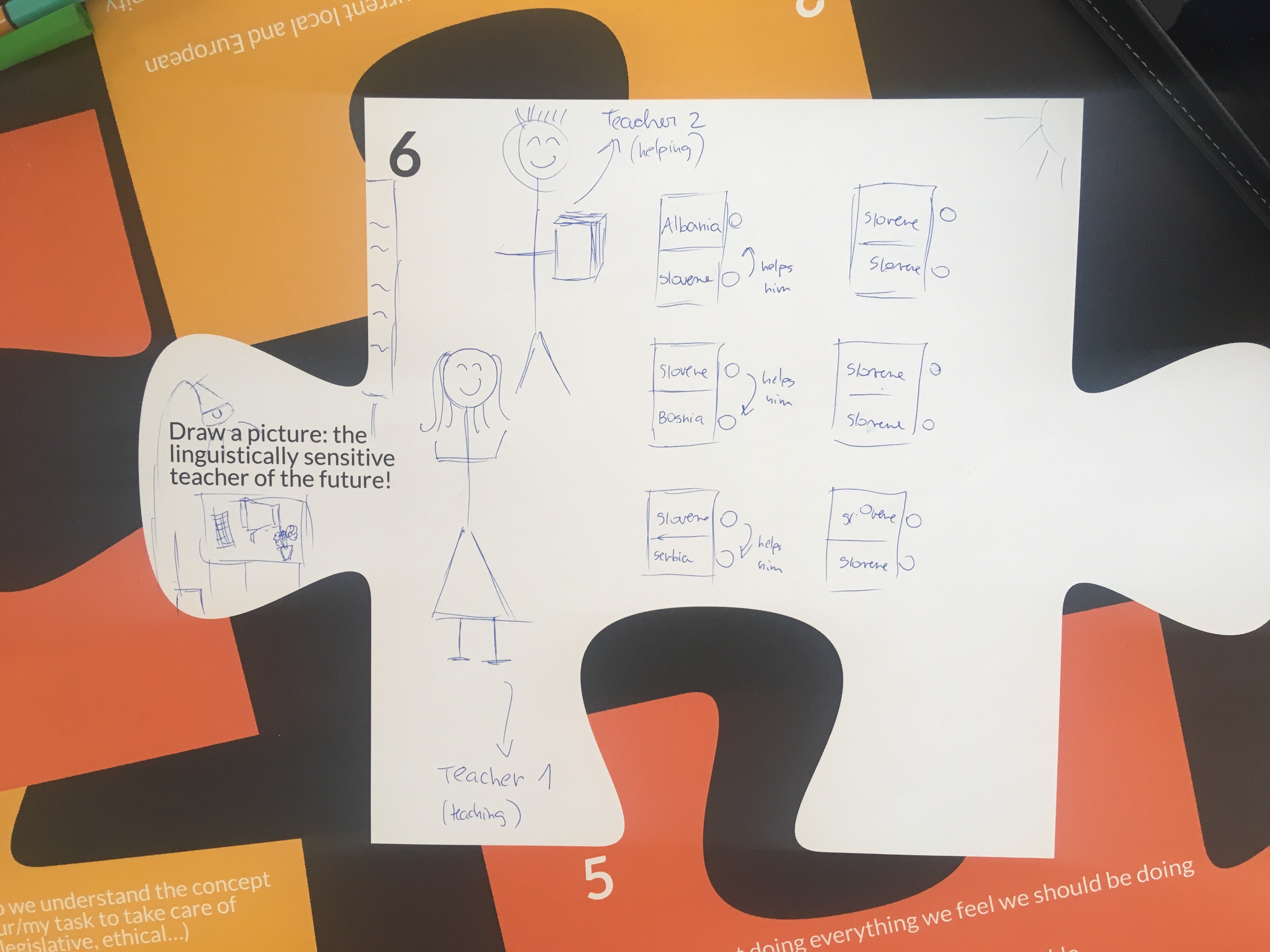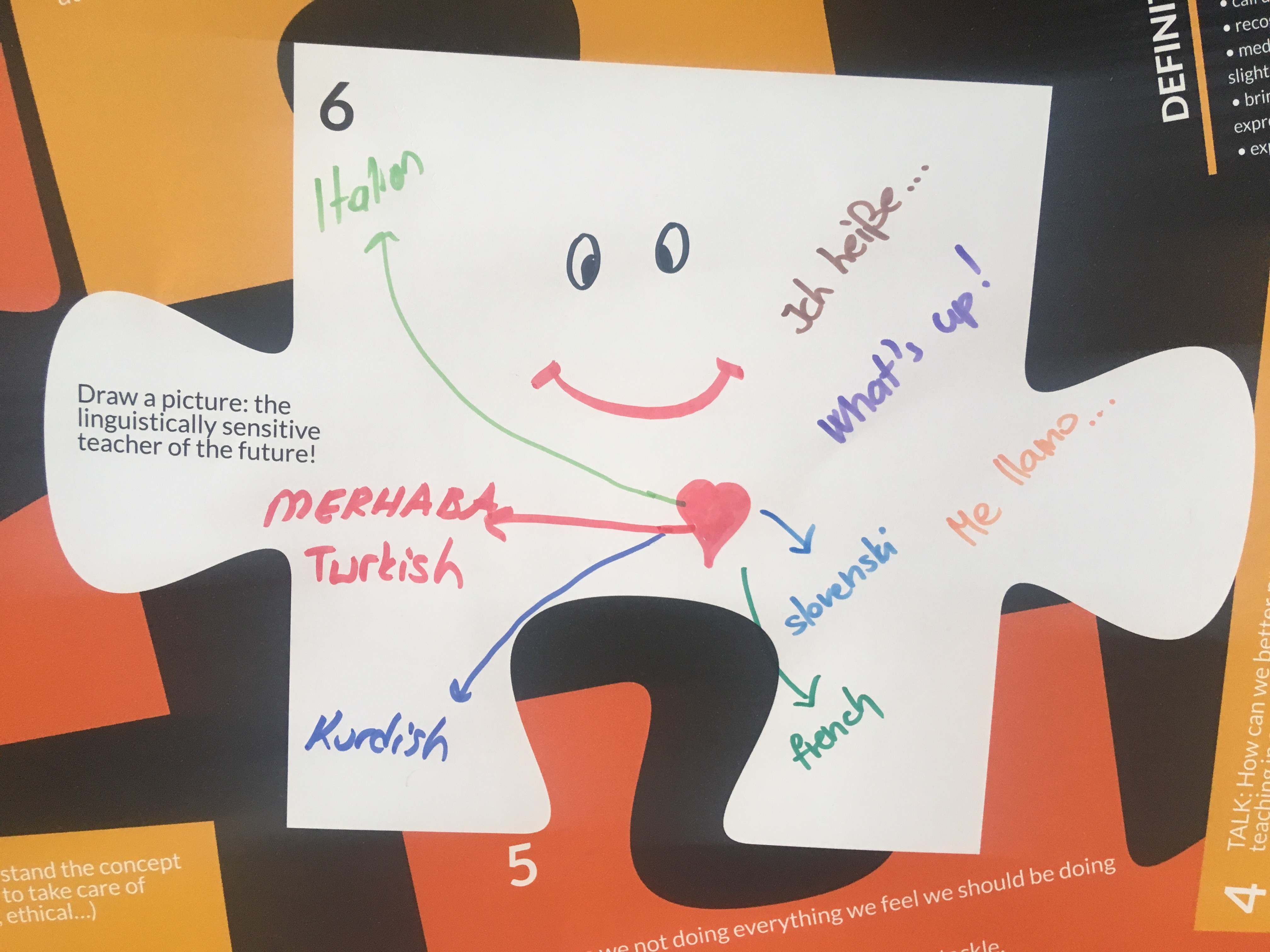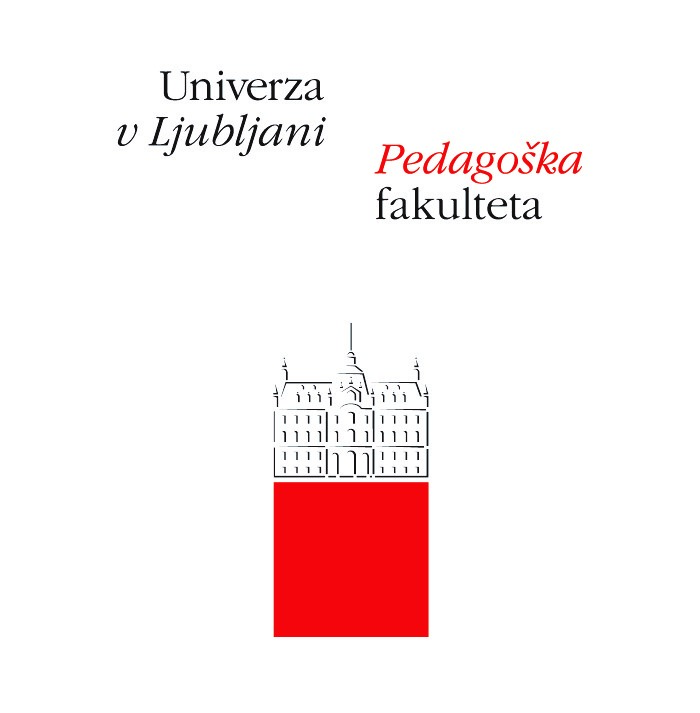What does it take to be a linguistically sensitive teacher? Master students of the Primary Teacher Education program from the Faculty of Education of the University of Ljubljana, Slovenia, shared their views in regard to this question. As part of the reflection tool developed by the Listiac project, students were asked to draw a linguistically sensitive teacher of the future. Not only was the drawing task enjoyable, it also turned out to be extremely insightful. The drawings, along with students’ reflections, allowed us to investigate the qualities that our student teachers perceive as essential to linguistically sensitive teachers.
Many of our future primary education teachers pointed to the importance of the overall teacher expertise in language sensitive pedagogies. Teacher expertise results in general teacher confidence. Basically, students said, the higher the teacher expertise, the more confident teachers are and the more likely it is they use multilingual teaching approaches. For example, all teachers drawn by our students wear a big smile, implying that linguistically sensitive teachers feel comfortable and confident in their multilingual classrooms.
The linguistic and cultural awareness of teachers is at the forefront of linguistically sensitive pedagogies. As such, the linguistically sensitive teacher of the future is aware of the linguistical diversity in her classroom and plans her activities, materials and assignments accordingly. She also understands the role of languages for learning, identity growth and wellbeing. Many students’ drawings include words written in different languages and alphabets, pointing to the growing diversity in today’s classrooms, but also suggesting that linguistically sensitive teachers speak/use a variety of languages, which is a common misconception. Foreign language competences may indeed raise the linguistic awareness of teachers, yet being a linguistically sensitive teacher does not presuppose being proficient in all languages that are present in class.

Importance of teacher collaboration and know-how of LST
Students recognized linguistically sensitive teaching as beneficial for non-native students who come to school with little or no knowledge of the language of schooling. Such students face a particular set of challenges when adapting to their new environment. In order to understand their language and cultural struggle and help them achieve proficiency in the language of schooling, teachers must understand the process of second language acquisition. The know-how of teaching non-native learners, for example, how to prepare the class for newly arrived students and how to build on non-native learners’ languages, cultures, and experiences, were all mentioned by students as important skills of linguistically sensitive teachers.

Another important quality of linguistically sensitive teachers is their readiness to collaborate with other (language and non-language) teachers, parents, the school community, and educational institutions, such as language centers or libraries. They should strive to create opportunities for multilingual and intercultural exchanges and build on cross-curricular links. As one student said: “We have a lot of potential to expand this kind of teaching to new measures – we are aware that math, arts, sports, dance can happen in any sort of language – language knowledge in these classes is not crucial, so any new words from different languages can be implemented, for example we can connect dancing to Spanish music, arts to Russian artists etc.”.

Attitudes towards linguistic and cultural diversity matter
Furthermore, students mentioned positive attitudes towards cultural and linguistic diversity in classrooms. Showing respect, interest, and tolerance are important qualities of linguistically sensitive teachers of the future, students said. However, students are wary, as not every type of diversity is met with the same response: “I honestly think we should pay more attention to languages that are not so well known. We usually offer, besides English, languages like Spanish, French, German, even though we might have kids at school that come from abroad, but not from these countries. In Slovenia, we have quite a lot of kids who come from former Yugoslavia, but we are rarely promoting these languages”.

Lastly, linguistically sensitive teachers show dedication to their profession, such as openness to change, learn and grow as professionals. Recognizing the need for inclusive approaches and assuming their responsibility by acting accordingly can be essential for linguistically sensitive teachers. The latter is illustrated in the following quote: “An obstacle that we can have an impact on is our desire, our willpower to make a difference for the children – not only foreign, but all of them. Teachers have a lot of autonomy in choosing what they will talk about. The thing is, a lot of obstacles exist only in teachers’ heads.”
Student teachers at the Faculty of Education of the University of Ljubljana strongly appreciated the reflection tool designed by the Listiac project, as it fostered a meaningful discussion which raised their awareness about language sensitive pedagogies. They realised how important teacher courses on multilingual pedagogies are but highlighted the need for more opportunities for working with multilingual pupils during initial teacher education. Nevertheless, our students showed they had a clear vision of who the linguistically sensitive teacher of the future is. Hopefully, thanks to the strong investment of our teacher educators at the Faculty of Education and projects such as Listiac, their vision might soon turn into reality.

Written by Karmen Pižorn and Tjaša Dražnik
University of Ljubljana


